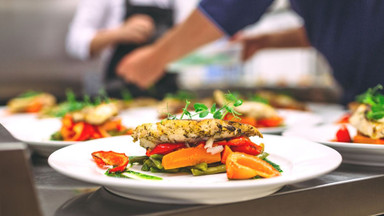May 7th 2020
Tips for Improving Food Quality in Restaurants
Amid a global health crisis, restaurants have had to become even more creative to survive. Fine dining restaurants have pivoted to become take-out and delivery operations. Some have set up makeshift curbside pick-up stations. Even restaurants with well-established take-out and delivery operations have had to modify their menus and streamline operations to serve an expanded clientele of newly housebound patrons. In order to survive a prolonged period of social distancing, restaurants must ensure their menu items suffer no decline in taste. Here are tips for improving food quality in restaurants.
Focus on Freshness
Make the most of locally sourced ingredients. While there have been some cracks in the supply chain, most of the basics are still available. But freshness matters, and the less widely traveled the food you serve has been, the better. If you don’t already have local farms and butchers supplying your restaurants with vegetables, herbs, and fresh meats, now is the time to establish relationships with local growers. Many patrons prefer locally sourced ingredients and may even know the names of the farms that supply them. They will be happy and relieved to know that the food you serve comes from local suppliers.
Perfect Preparation
Even if the food is going straight out the door instead of to a two-top in your restaurant, preparation must be a priority. Select menu items for take-out or delivery that you are confident will travel well and arrive at your customer’s home hot, fresh, and properly assembled. This means adapting your menu to temporarily eliminate fussy items that present beautifully on the table but will wilt, deflate, or become soggy in transit.
Make the best use of your restaurant equipment to ensure ingredients are prepped and ready to cook at a moment’s notice, just as you would if the dining room was open. Inventory control for a new take-out or delivery operation involves a learning curve, so it might be a good idea to start with limited hours and a small menu. Once you have the hang of it, your slicers, commercial meat tenderizers, and dough mixers can be put to good use to prep ingredients, so when the calls or online orders roll in, you have a streamlined cooking and assembly process in place.
When the coronavirus crisis subsides, the restaurant industry will find a new normal. Take-out and delivery may turn into permanent features of your operation. Improving food quality in restaurants will have benefits for both traditional and new forms of service.

